Content by Jameson Brennan

The Growing Threat of Cyber Attacks in Agriculture
The with growing digitalization of our food production systems, everyone should take an active role in preventing the threat of cyber-attacks.
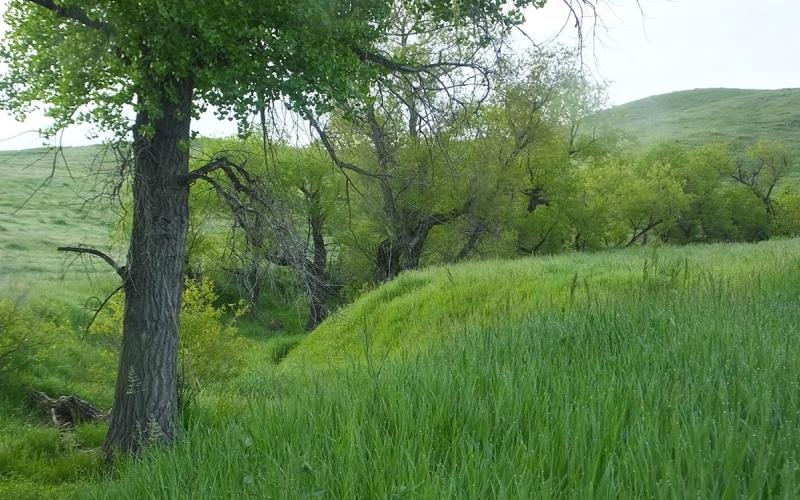
Ranching and Prairie Streams: Riparian Vegetation
Riparian vegetation consists of the collection of plants that thrive along streams, riverbanks, and wetlands. Learn about the many ecological benefits this vegetation provides.

Animal Science Research and Extension Report
Research report from Animal Science Department covering a variety of areas in livestock production.
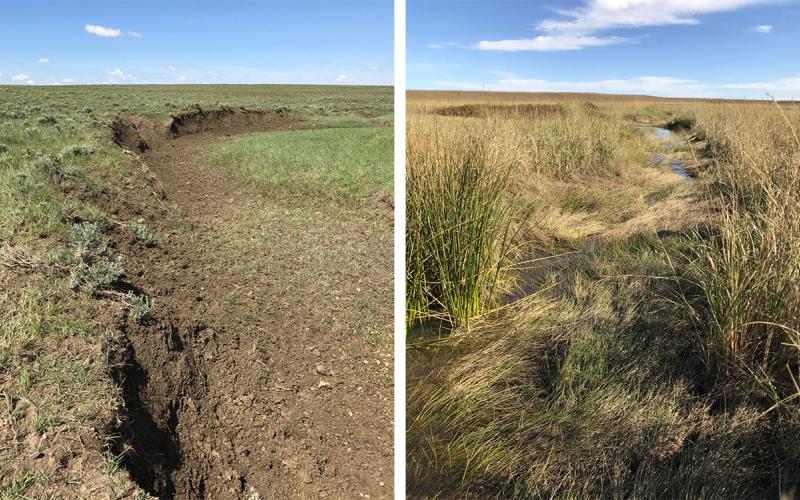
Ranching and Prairie Streams: What Healthy Riparian Areas Mean for Your Ranch
Prairie streams and their associated riparian areas can provide numerous ecosystem services to a ranching operation.
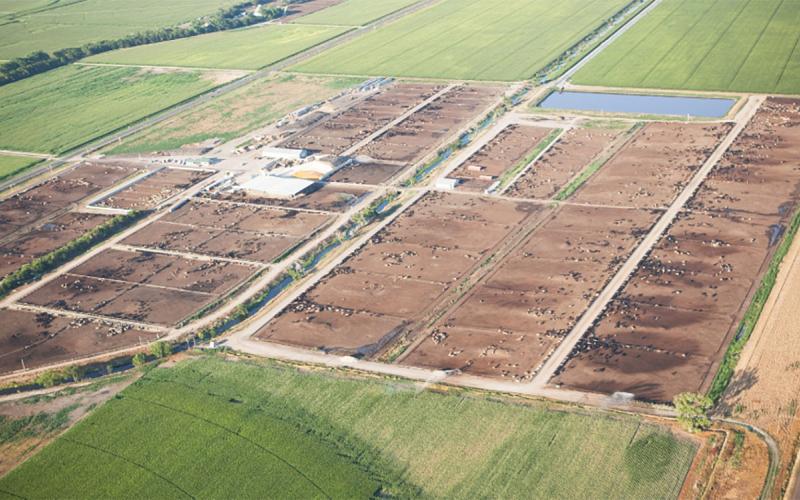
Carbon Markets and Beef Production: Carbon Markets and Scope 1, 2, and 3 Emissions
In this article in the Carbon Markets and Beef Production series, we will discuss the basics of carbon markets and Scope 1, 2, and 3 emissions.
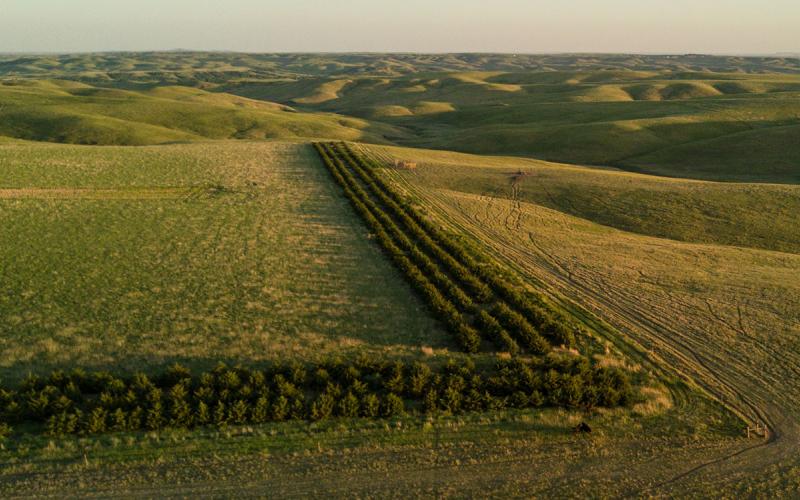
SDSU Extension professionals win range management awards
February 12, 2024
Two South Dakota State University Extension experts have received awards from the Society for Range Management for their contributions to range science education and outreach.

Carbon Markets and Beef Production: Overview
Learn about the Carbon Markets and Beef Production program, which aims to demystify many of the aspects of greenhouse gas emissions, climate-smart agriculture practices, and carbon markets for producers and landowners.
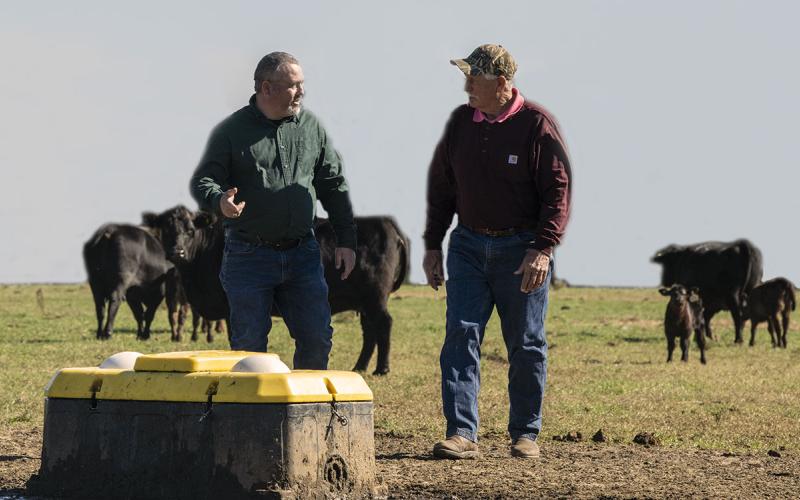
Water Monitoring Systems for Livestock
Depending on animal locations, checking water tanks can require hours of labor and significant fuel costs for remote pastures. Water monitoring systems offer producers a convenient way to check the status of the water sources remotely.

Range Roundup: Precision Agriculture Range Project With Producer Participation
SDSU Extension researchers started a new precision agriculture range project using remote sensing, machine learning, and ground-collected vegetation samples to develop an application to measure forage quality and quantity throughout the state in near real-time.
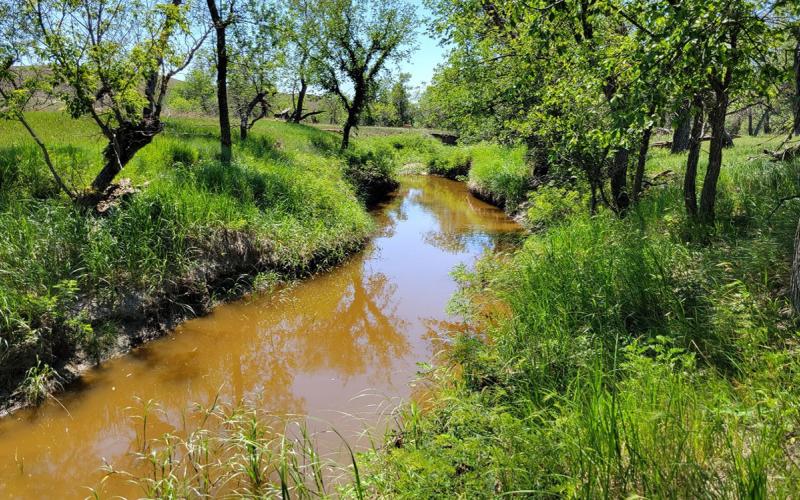
Ranching and Prairie Streams: Why Riparian Areas Matter
For many producers, riparian pastures are essential to their operations. However, land managers need to balance grazing and utilization needs with riparian health for the long-term benefit of their operation.